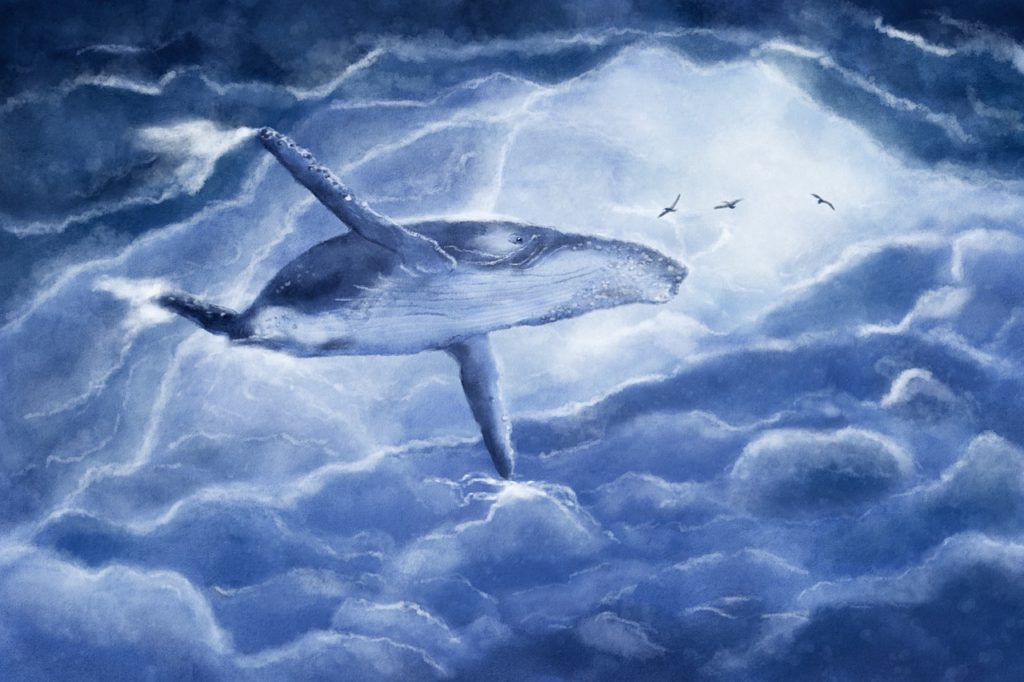
Whales, the largest mammals and animals in the world, have a rather interesting evolution. According to scientists, 50 million years ago, they had four feet, they were land animals with long tails and were the size of wolves. Throughout the next 12 million years, they managed to evolve into sea animals, and adapt to the oceanic surroundings despite being mammals. The Blue whale is considered the largest animal that has ever existed, although it is still confusing about what makes whales so large.
A new study published on March 26 in the journal Proceedings of the National Academy of Science, looks at mammal growth, considering it more constrained to water compared to land. There are hard limits that bind the size of mammals in the ocean, which actually is what could makes whales so large.
Scientists from the Stanford and Louisiana Universities Marine Consortium explained in their study: “Mammals that are too small struggle to retain heat in the cold water, and those that are too large must capture enough food to live.”
“Many people have viewed going into the water as more freeing for mammals, but what we’re seeing is that it’s actually more constraining,” co-author and Stanford geological sciences professor Jonathan Payne, Ph.D., explained in a statement released Monday. “It’s not that water allows you to be a big mammal, it’s that you have to be a big mammal in water — you don’t have any other options.”
Payne and the team used the data sets of the body masses for 3,859 living species and 2,999 fossil mammal species, focusing on the fact of when mammals became aquatic and how they grew to their current size. They discovered a new pattern that explains that when mammals become aquatic, they quickly evolved to their new sizes, until they fixed themselves on a stalled growth.
The researchers believe that when animals are very large, they can retain heat better in water despite it being lower than their body temperature. However, being large also results in metabolism growing as well, which means that the animal would need more food.
“The sperm whale seems to be the largest you can get without a new adaptation,” lead author and Stanford Ph.D. candidate Will Gearty said in a statement. “The only way to get as big as a baleen whale is to completely change how you’re eating.”
What makes whales so large as aquatic animals, according to the researchers, can be attributed to the basic laws of physics and chemistry. There are different pressures and conditions affecting metabolic rates and size. The whales are large and they live in colder water, so less precious energy is wasted.
The only exception in the aquatic mammals that didn’t rapidly grow to be massive are manageably-sized sea otters. Scientists concluded that this is because otters entered the ocean relatively recently, and that they still prefer living on land much more than living in the sea.





